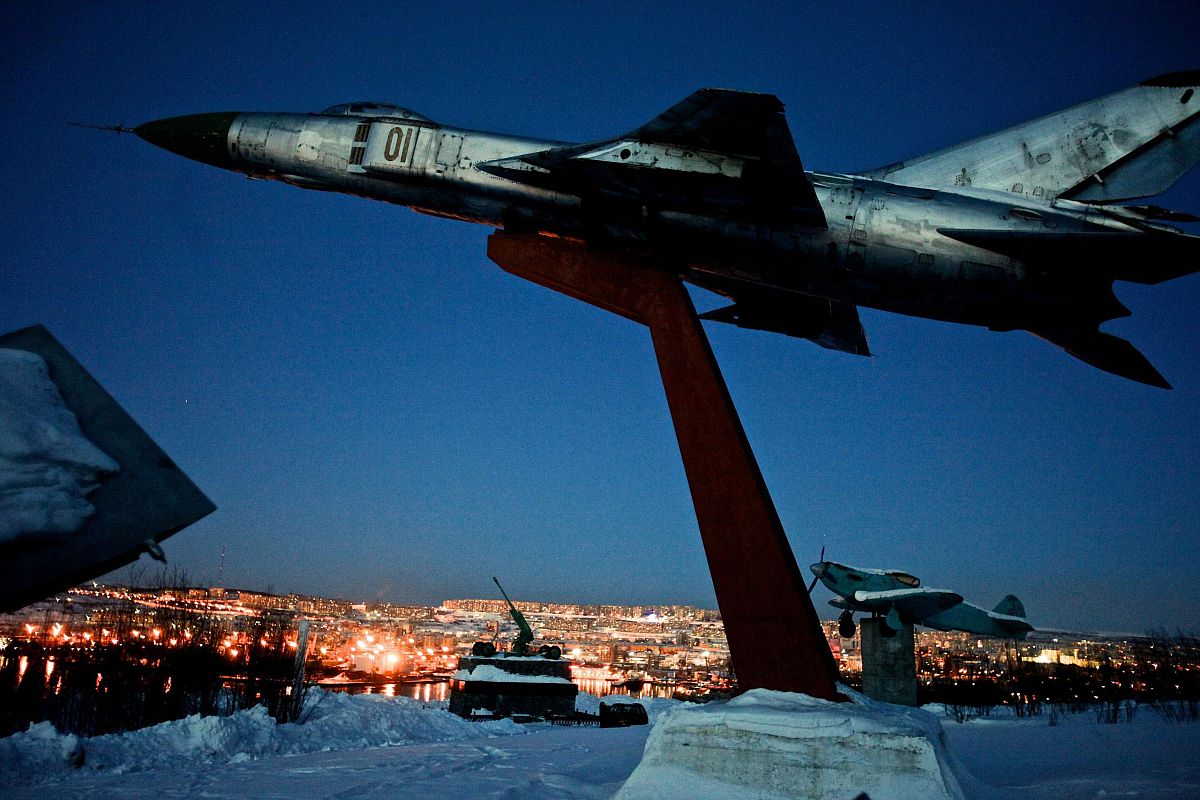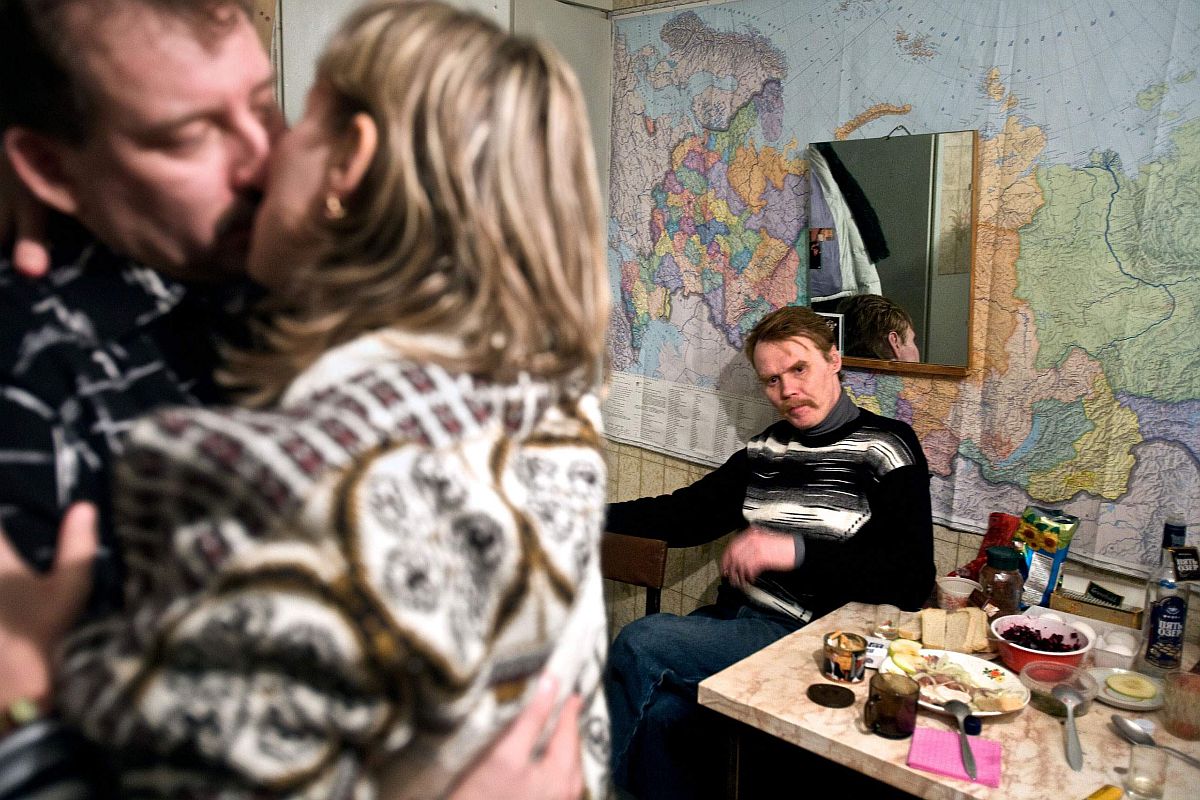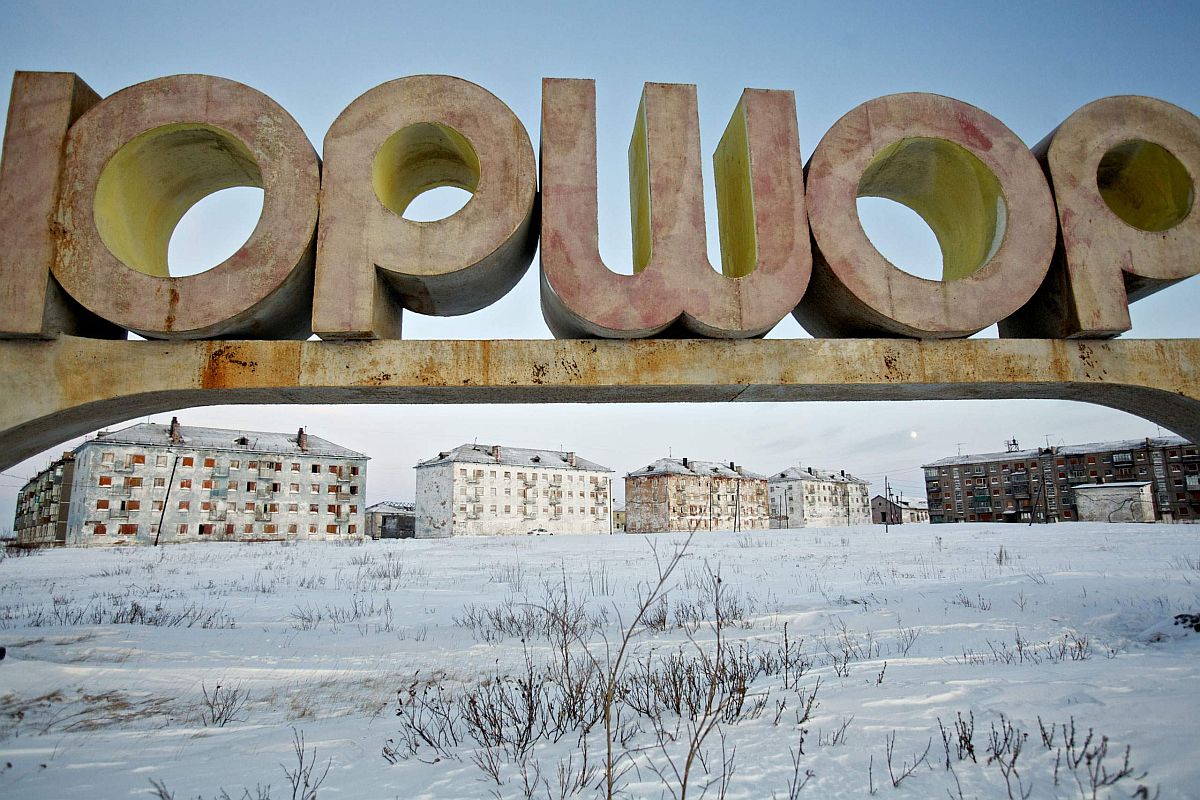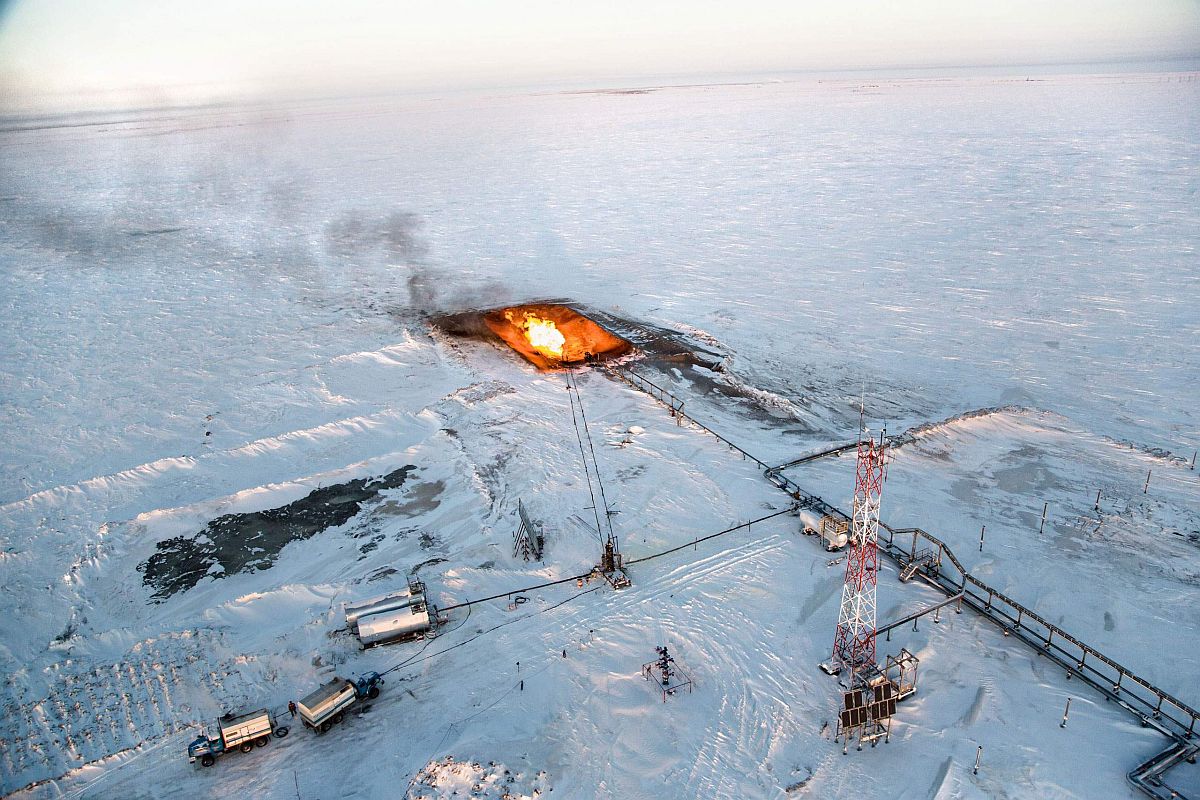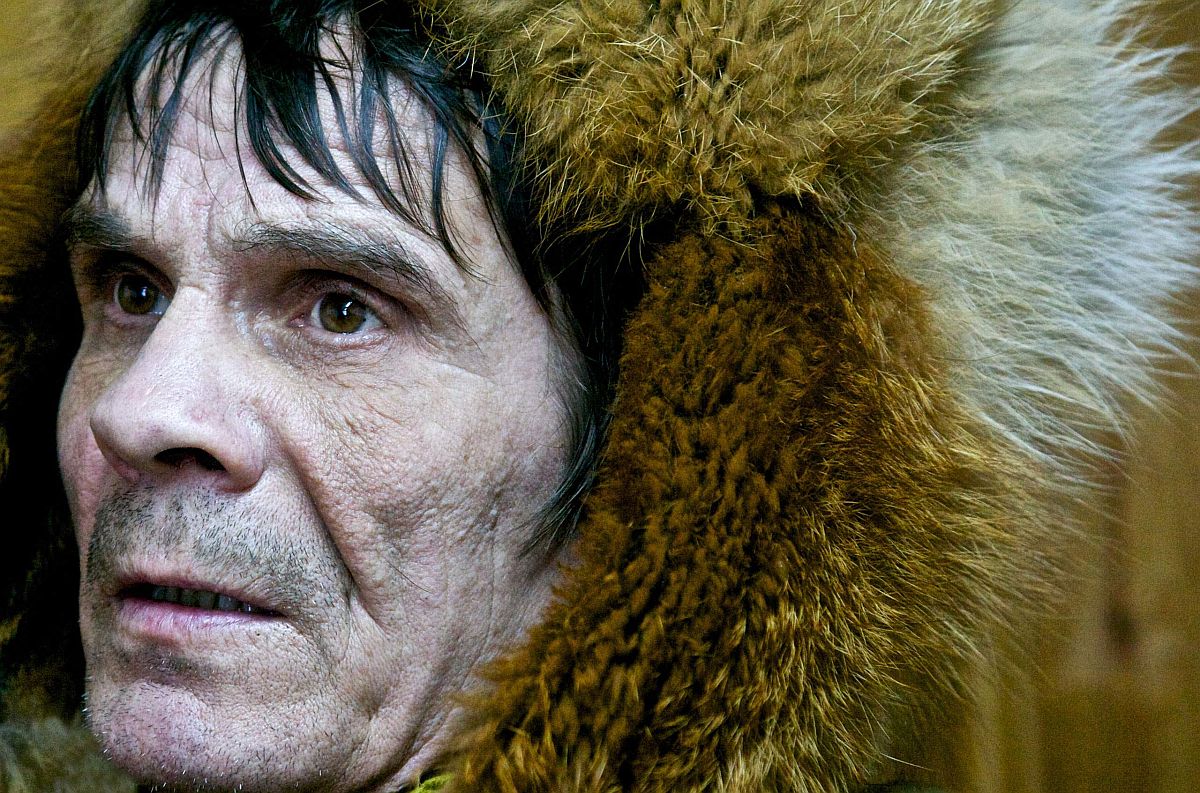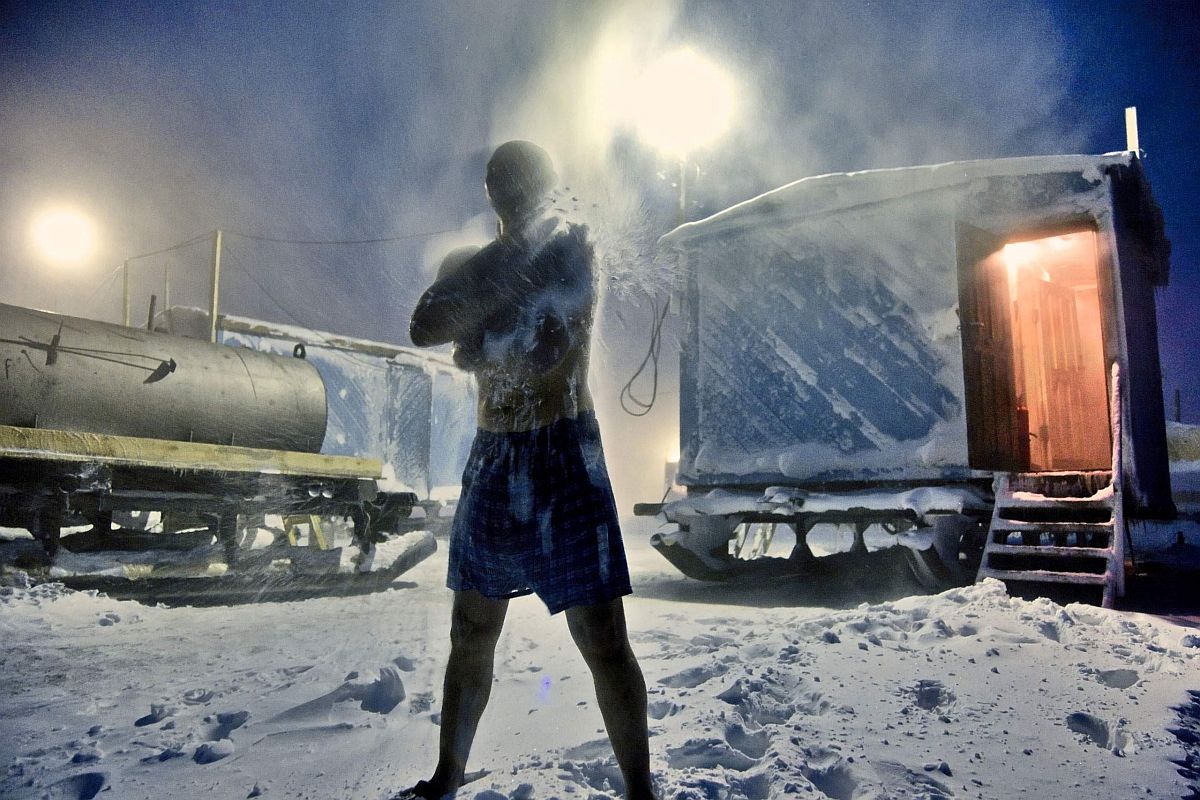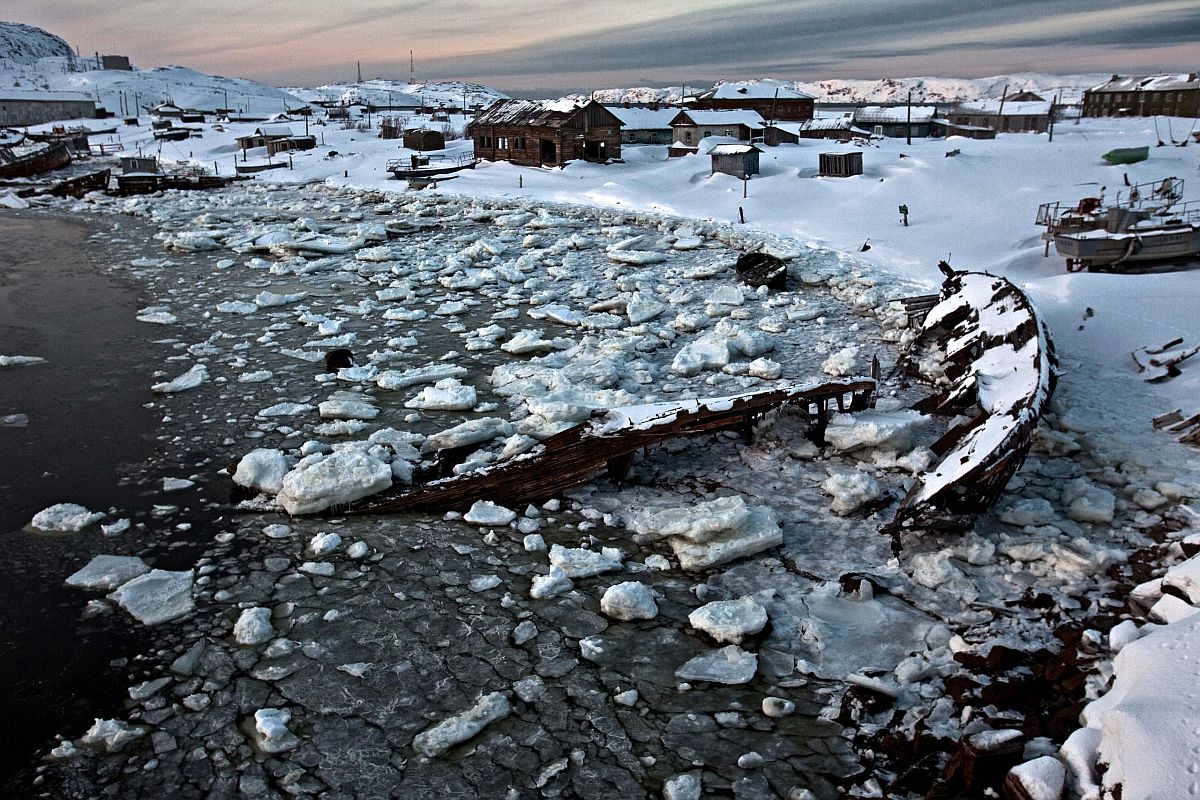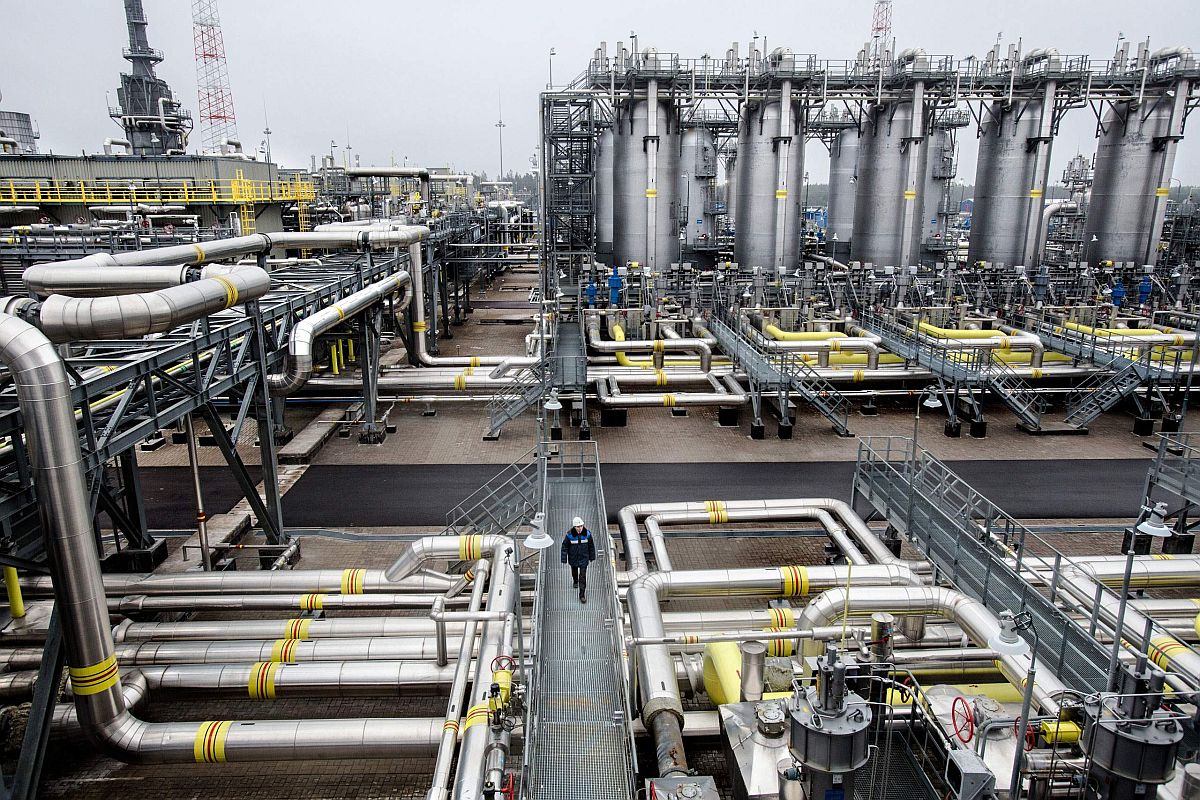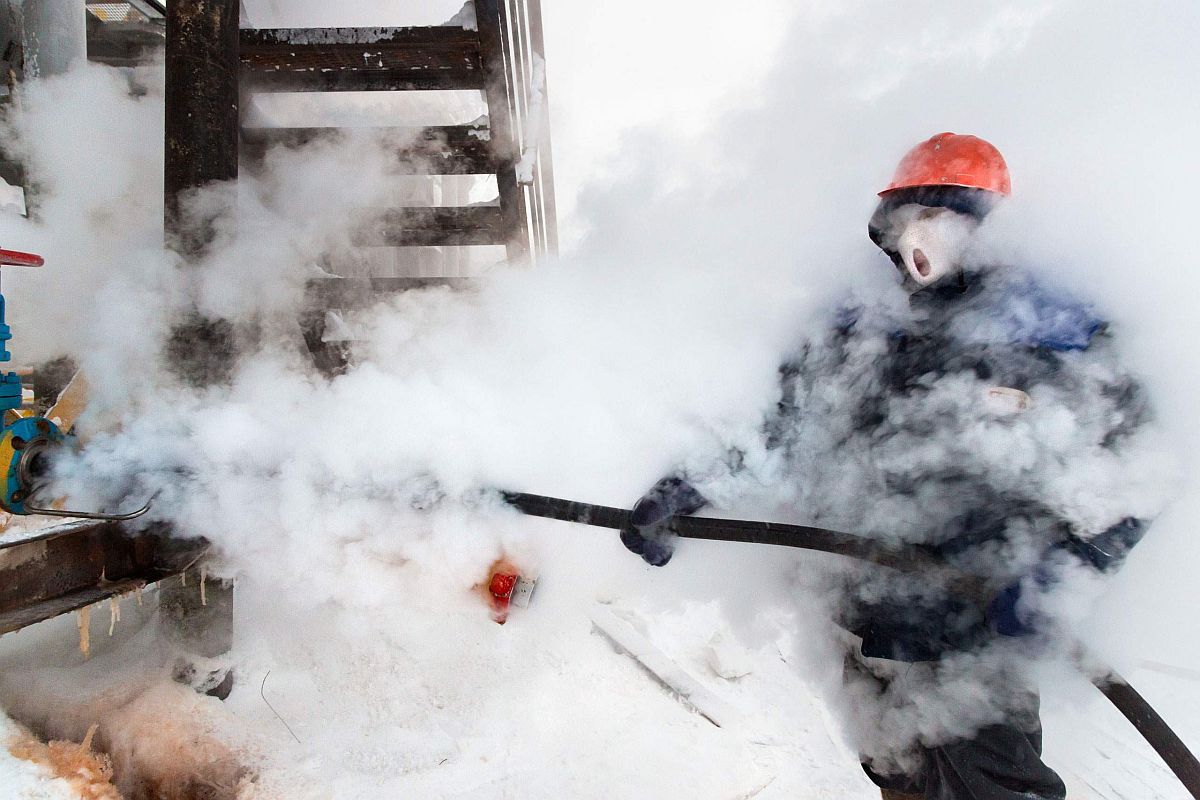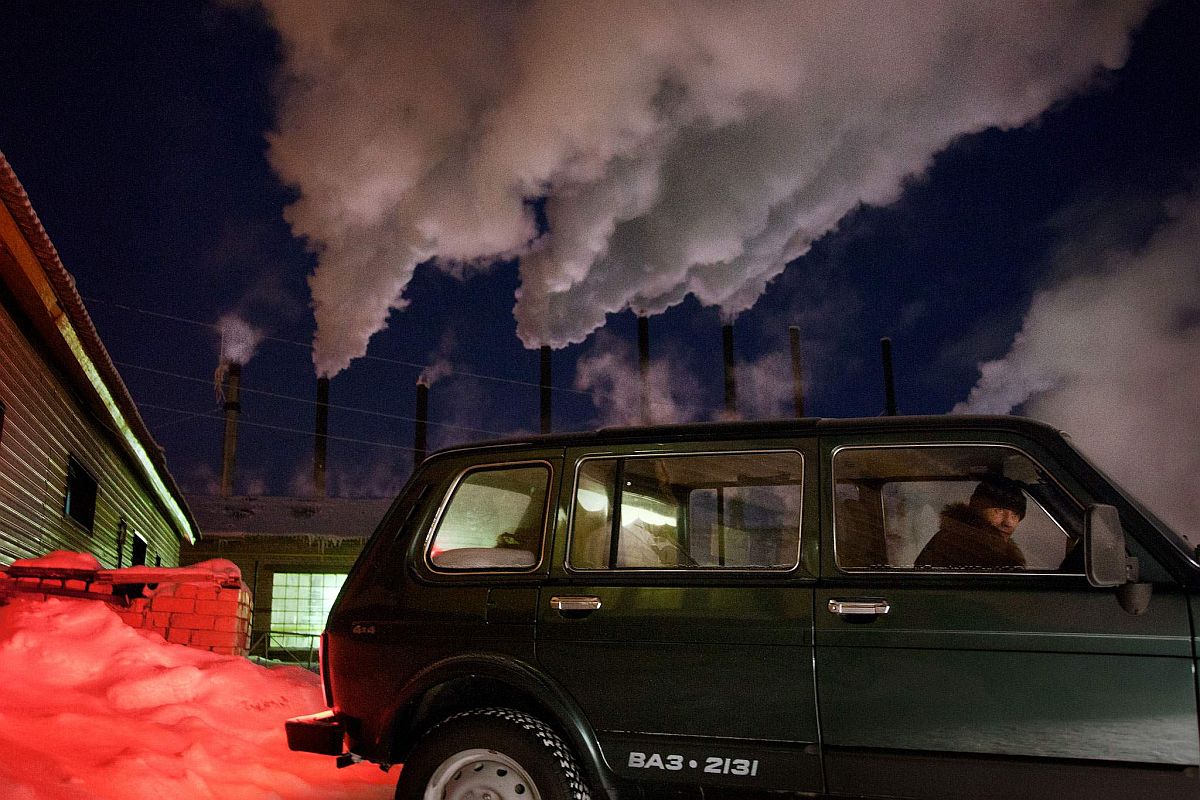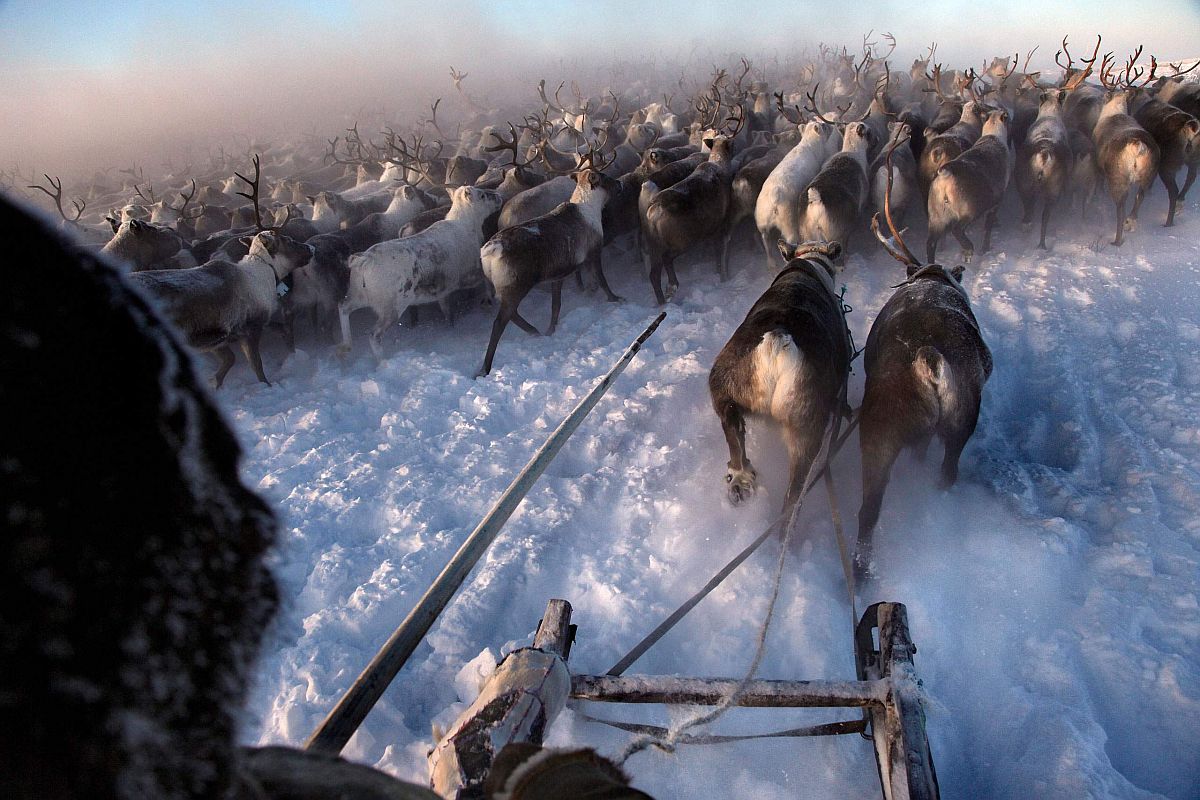Little besides dots of nomadic tribes and spectres of Soviet concentration camps haunt the icy desert of the Russian Arctic. But deep beneath the permafrost lie untold treasures: a cache of oil and gas so big it could sustain a fiscally-troubled Russia for decades. I faced government barriers and temperatures as low as -45ºC (-49ºF) to capture three conflicting lifestyles: first there were the indigenous Nenets, who roamed the tundra for centuries. The Soviet Union came and crushed them under industrial cities. Today, gas and oil exploration outposts rise out of the tundra, tapping the billions of tonnes of energy below.
Justin Jin
Website: www.justinjin.com
A colony of tents, or “chums”, belonging to Nenets herders stand in the Arctic tundra in the Russian Nenets Autonomous Region. The indigenous people of the Russian Arctic, their culture eroded under Soviet collectivization and now their land is endangered due to modern oil and gas exploration, February 2011. © Justin Jin – Zone of Absolute Discomfort Reindeer herder Simyon, travels by sled from his chum (tent) towards Vorkuta to buy supplies. Construction of gas pipelines and industrial complexes are threatening the herders’ way of life, forcing them to travel further afield in search of pastures. Vorkuta is a coal mining and former Gulag town 1,200 miles northeast of Moscow, beyond the Arctic Circle, where temperatures in winter drop to -50C. A WWII monument stands above Murmansk, the world’s largest Arctic city and a vital industrial and shipping hub. The city became an important military base during the Cold War with Finland and Norway just across the border, March 2010. © Justin Jin – Zone of Absolute Discomfort Karp Belgayev, a coal miner, walks through Yor Shor, an abandoned village near Vorkuta where he is among the last ten inhabitants. Miners say that after ten years working underground it is impossible to remove black rings from around the eyes. Valery, a married miner and union representative in Severny village outside Vorkuta, dances with his lover Lena who lives in the same neighborhood. His friend Alexander is in the back and says he wants the same woman. Yorshor, an abandoned village near Vorkuta. Most people have left after the closure of the Soviet-era coal mine. The flaring of gas is seen overhead at a drilling well in Novy Urengoi, Arctic Siberia, Russia, December 2014. © Justin Jin – Zone of Absolute Discomfort Andrei, a tank driver for an oil and gas prospecting company. He typically works in the cold, isolated Arctic tundra for the entire winter, only returning to civilization in the spring, February 2012. © Justin Jin – Zone of Absolute Discomfort A man working on the frontier of Arctic gas and oil exploration rubs himself with snow during sauna in the Arctic tundra. The water is heated by the diesel tank on the left of the picture. Typically, these men work in the cold, isolated wilderness for the entire winter, returning to civilisation only in spring. © Justin Jin – Zone of Absolute Discomfort A Russian worker at a drilling well in Yamal, Arctic Siberia, Russia, which has the world’s largest gas deposit. © Justin Jin – Zone of Absolute Discomfort A gas drilling facility at the Kumzhinskoe gas field, located in the delta of Pechora River, 60 km from Narjan-Mar city in Russia’s Nenets Autonomous Region. In 1979, an explosion in one of the wells caused an uncontrolled gas fountain, with the condensate polluting huge areas of the tundra around, including the Pechora River. In May 25, 1981, the Soviets tried to collapse the field with an underground nuclear explosion at 1470 m depth. The explosion went wrong, causing even more damage and pollution. After that the field was closed and the area marked a nature reserve. Sunken boats and abandoned houses lay rotting by an icy bay in Teriberka, a former prosperous fish-processing community waiting for an economic boom through gas production. The Portovaya compressor station where Russian gas is compressed before it is piped across the Baltic Sea bed to supply energy to Europe. With sanctions over Russia’s incursion into Ukraine and tumbling world energy prices, . A Russian gas worker sprays steam to unfreeze pipes in Novy Urengoi, Arctic Siberia, Russia, December 2014. © Justin Jin – Zone of Absolute Discomfort A car drives past a water-heating plant in Naryan-Mar, capital of the resource-rich Nenets Autonomous Region in Arctic Russia, where many of the oil and gas exploration companies have their local headquarters. © Justin Jin – Zone of Absolute Discomfort Nenets, native people of the Russian Arctic region, herd reindeer in -40C (-40F) Displaced during the Stalin years of Soviet collectivization, now modern gas and oil exploration threaten their land. The herders sell reindeer meat to sausage factories and antlers to China for use as traditional medicine, February 2011. © Justin Jin – Zone of Absolute Discomfort
Comments


